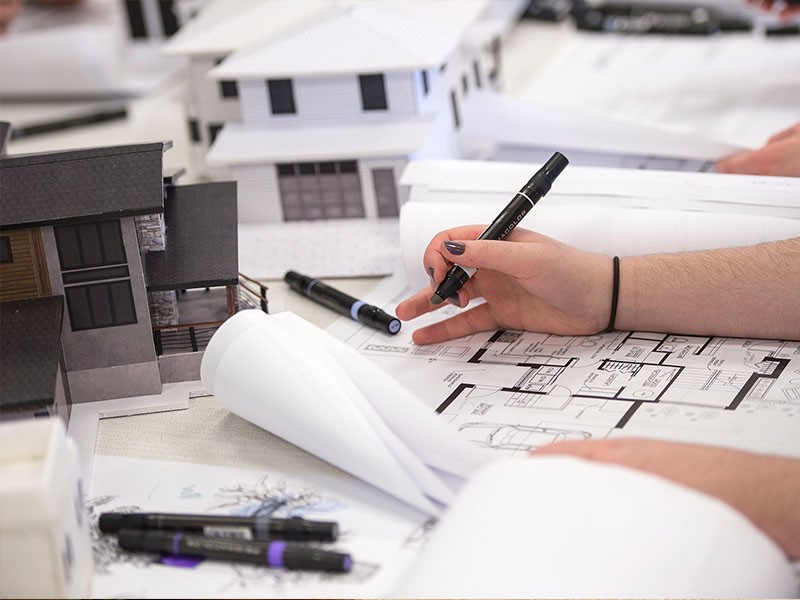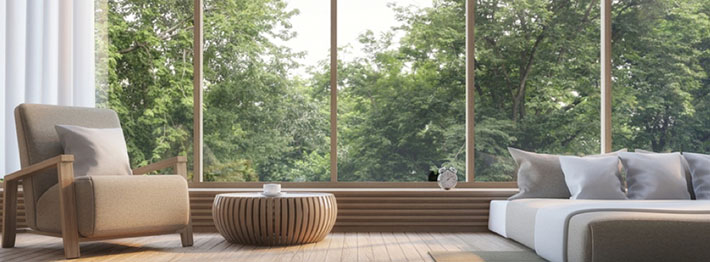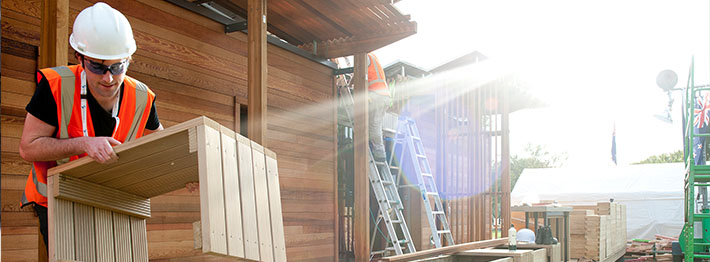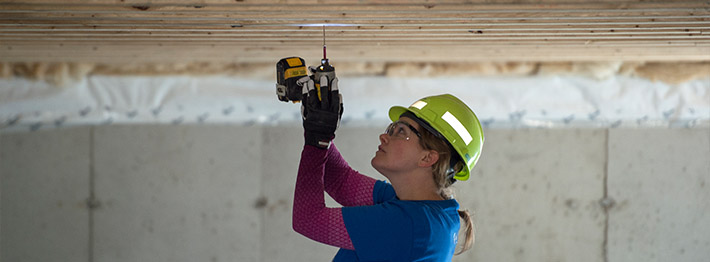
You don't have to be building a new home or tackling a large renovation to make your home more environmentally friendly.
According to the Canadian Green Building Council, people spend about 90% of their time indoors where pollutants may be two to five times higher than outdoors. No longer a trend, sustainable design is becoming standard practice in interior design.
Here is a list of the top five ways to save money and increase efficiency while protecting the environment.

1 Connections to nature
Depending on your location, windows can provide views to nature, which can reduce stress and make us feel calm and relaxed.
- Bring the outdoors in with indoor plants. They help clean the air, getting rid of harmful, toxic contaminants. Look for low maintenance greenery like succulents, rubber trees, jade and snake plants.
2 Natural and renewable materials
- When sourcing new products such as flooring, furniture or cabinets, natural, durable materials like wood, stone and granite are best.
- Some composite wood and plastic products should be avoided, as they may contribute to poor air quality, contain carcinogens, and lack durability.

3 Think local and regional
- Support local, community businesses and request interior products that are Canadian-made. Handmade or custom pieces from local craftsmen create a unique, personal statement.
- Buying local reduces pollution from shipping, especially for foreign products.
4 Recycled content
- Recycling is a simple way for everyone to reduce raw material consumption.
- Look for products containing recycled content from paper, glass, plastics, metals and more.
- Reduce waste by finding a new use for something that no longer serves its original purpose. (e.g. refurbishing old furniture using chalk paint).

5 Water use
- Save water by installing low flow fixtures (e.g. faucets, shower heads, toilets) in kitchens and bathrooms.
Follow these guidelines to responsibly help preserve the natural environment for future generations while enjoying a progressive, healthy and comfortable home.
 About the expert
About the expert
With over 10 years of experience in the interior design industry, Meghan Mastronardi has been teaching in the Honours Bachelor Interior Design program for over five years. She holds a Master of Interior Design degree, a Bachelor of Interior Architecture degree, is an NCIDQ Certified Professional Interior Designer, and also a LEED Accredited Professional.

